
10 (Plus One) Unusual Winter Composting Hacks That Really Work
When winter rolls in, compost bins across much of the world fall silent. The frigid air and frozen ground seem to halt decomposition entirely, leaving many gardeners resigned to wait for spring. But composting doesn’t have to stop when the temperature drops. With a few creative strategies — and a little scientific insight — you can keep your compost pile warm, active, and alive all winter long.
According to the U.S. Environmental Protection Agency (EPA), composting in winter is absolutely possible if moisture, aeration, and insulation are carefully managed (EPA, 2024). Here are 11 bizarre but effective winter composting tricks backed by both anecdotal wisdom and science.
1. Using Old Bread as a Carbon Source
Finding enough carbon-rich material — the “browns” in composting — can be tricky in winter when leaves and straw are scarce. Surprisingly, stale bread makes an excellent substitute. Bread contains carbohydrates that act as a carbon source, helping balance out nitrogen-heavy food scraps.
Tear the bread into small pieces and mix it evenly into your compost pile at roughly one part bread to two parts greens (like veggie scraps or coffee grounds). This ratio helps maintain the crucial carbon-to-nitrogen (C:N) balance (Healthline, 2023), preventing mold growth and odors while deterring pests.
2. Composting in Trash Bags
Don’t have an outdoor compost bin? Try trash bag composting, a compact and surprisingly efficient method. Use a heavy-duty black plastic bag, fill it with alternating layers of greens and browns, and add just enough water to keep it damp. Tie the bag securely, poke a few holes for airflow, and place it in a sunny area.
The black plastic absorbs sunlight and retains heat, acting like a mini greenhouse. According to The Guardian’s eco-living column (2022), this simple trick can keep decomposition going even when the temperature dips below freezing.
3. Burying Scraps Directly in Snow
It sounds odd, but burying kitchen scraps directly in snow can help them decompose. Snow works as an insulator, trapping heat beneath its surface and protecting the soil ecosystem.
Dig about 12 inches deep, deposit your food waste, and cover it back up with snow. Over time, microbial activity continues slowly beneath the frozen surface. By spring, those scraps will have mostly broken down, enriching the soil below with organic matter.
4. Adding Coffee Grounds for Heat
Coffee isn’t just for morning energy — it’s a natural heat booster for compost. Used coffee grounds are rich in nitrogen, which fuels microbial activity that produces warmth during decomposition.
Sprinkle grounds over your compost pile weekly. As WebMD notes (2024), nitrogen-rich inputs like coffee help sustain microbial metabolism even in cooler conditions. Plus, the fine texture of coffee grounds improves aeration and moisture balance, two factors critical to winter composting.
5. Insulating with Straw Bales
To protect your compost from wind and frost, surround it with straw bales. Straw acts as a natural thermal barrier, retaining the internal heat generated by microbial breakdown.
Stack bales around the pile, leaving a small gap for airflow. Optionally, cover the top with a tarp to block snow and rain. According to BBC Gardening (2023), insulation can keep compost temperatures 10–15°C higher than the surrounding air — enough to sustain decomposition throughout the cold season.
6. Using Hot Water Bottles to Boost Heat
For small compost systems, hot water bottles can provide a quick thermal lift. Fill reusable bottles with hot water and nestle them inside the pile during extreme cold spells.
Though temporary, the added warmth helps prevent freezing and keeps microbes active. Replace the water every couple of days to maintain consistent heat. This method is especially helpful for compact urban compost bins.
7. Creating a Basement Worm Bin
When outdoor composting becomes impossible, bring it inside. Worm composting — or vermicomposting — thrives at indoor temperatures (55–77°F).
Set up a plastic or wooden bin with good drainage and ventilation. Add shredded newspaper for bedding and introduce red wigglers (Eisenia fetida). Feed them fruit and vegetable scraps in small portions. According to Healthline (2023), worm castings are rich in beneficial microbes and nutrients that enhance soil health.
8. Using a Compost Tumbler for Aeration
A compost tumbler simplifies winter composting by keeping materials aerated and mixed. Turning the contents once a week distributes heat evenly and prevents clumping.
Place the tumbler in a sunny spot to absorb warmth. Good Housekeeping (2022) reports that enclosed tumblers can reach internal temperatures up to 140°F under the right conditions — plenty of heat to keep composting alive through winter.
9. Harnessing Black Plastic for Solar Heat
A low-tech yet effective hack: cover your compost pile with black plastic sheeting. The dark color absorbs sunlight and traps heat, helping maintain microbial activity.
Secure the edges with rocks or stakes to prevent wind from lifting it. This method also retains moisture and keeps the pile from drying out in cold, dry air. As The Guardian (2021) notes, solar trapping techniques like this can make a difference of several degrees — enough to sustain slow composting through frosty months.
10. Building a Mini Greenhouse Over the Pile
If you want to take it a step further, construct a mini greenhouse over your compost. Use wooden stakes or PVC pipes to frame the pile, then drape clear plastic sheeting over it.
This setup captures both heat and humidity, creating a “microclimate” ideal for decomposition. Leave small ventilation gaps to avoid overheating. The Royal Horticultural Society (RHS, 2023) suggests this approach can extend microbial activity well into late winter.
11. Incorporating Animal Manure for Extra Warmth
Finally, one of nature’s most powerful composting fuels: animal manure. Rich in nitrogen, manure generates substantial heat as it breaks down.
Mix one part manure with two parts straw or dried leaves to prevent odor and ensure aeration. Horse or cow manure works best — but avoid using waste from carnivores or pets, as it can contain pathogens (EPA, 2024).
Final Thoughts
Winter composting may sound like a challenge, but with these creative (and scientifically sound) methods, it’s entirely possible to keep nature’s recycling process going year-round. Whether you’re insulating with straw, composting in bags, or tending to worms in your basement, these small efforts will reward you in spring with nutrient-rich, living soil — proof that even in the depths of winter, life finds a way.
News in the same category


4 Things You Should Never Keep in the Freezer — They Could Be Dangerously Hazardous
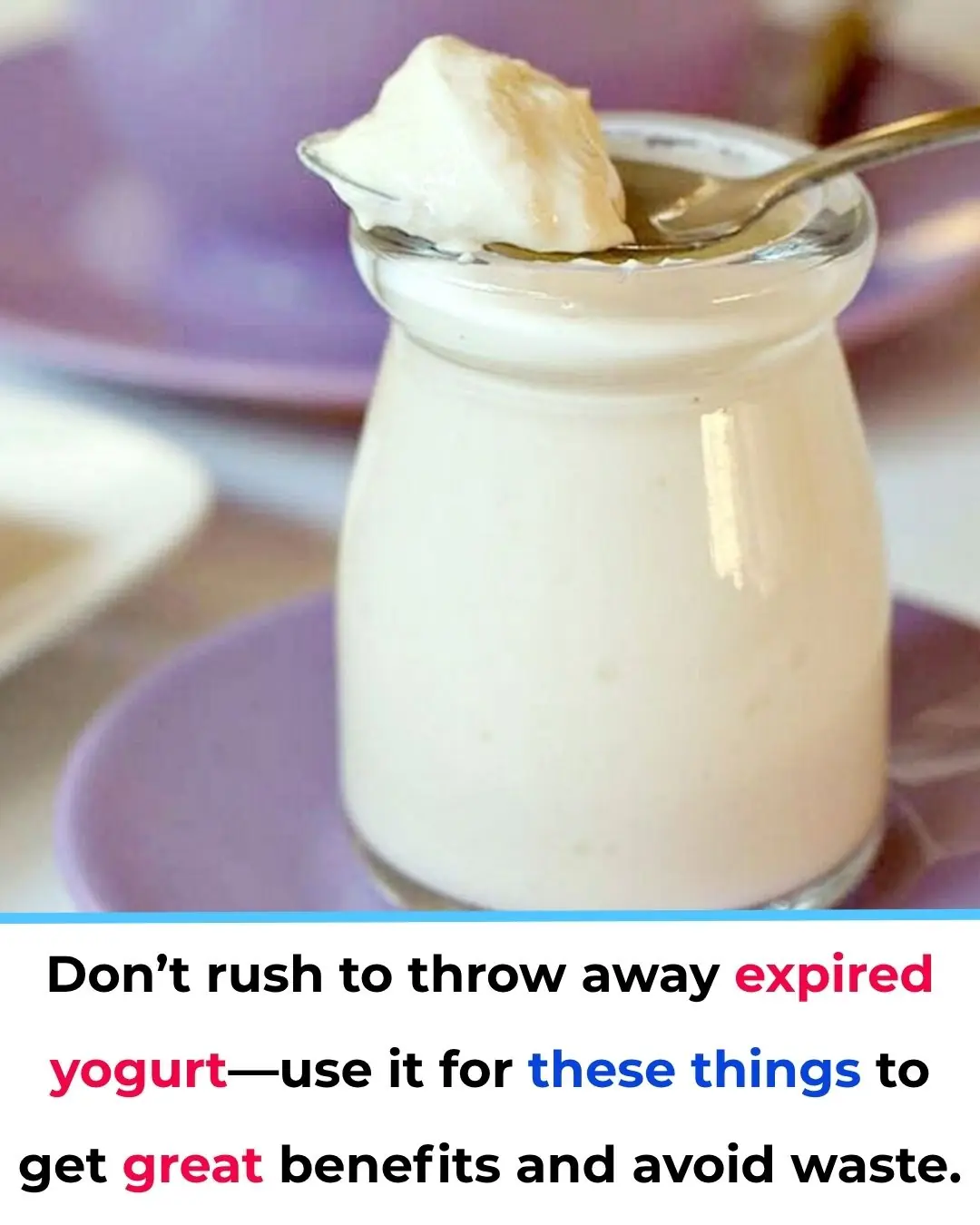
What Can You Do with Expired Yogurt?

Should You Choose Pork with a Dark or Light Color for the Freshest Quality?

‘Why He Grabbing His Arm Like That?’: Denzel Washington Unleashes on Handsy Photographer During Intense On-Camera Confrontation
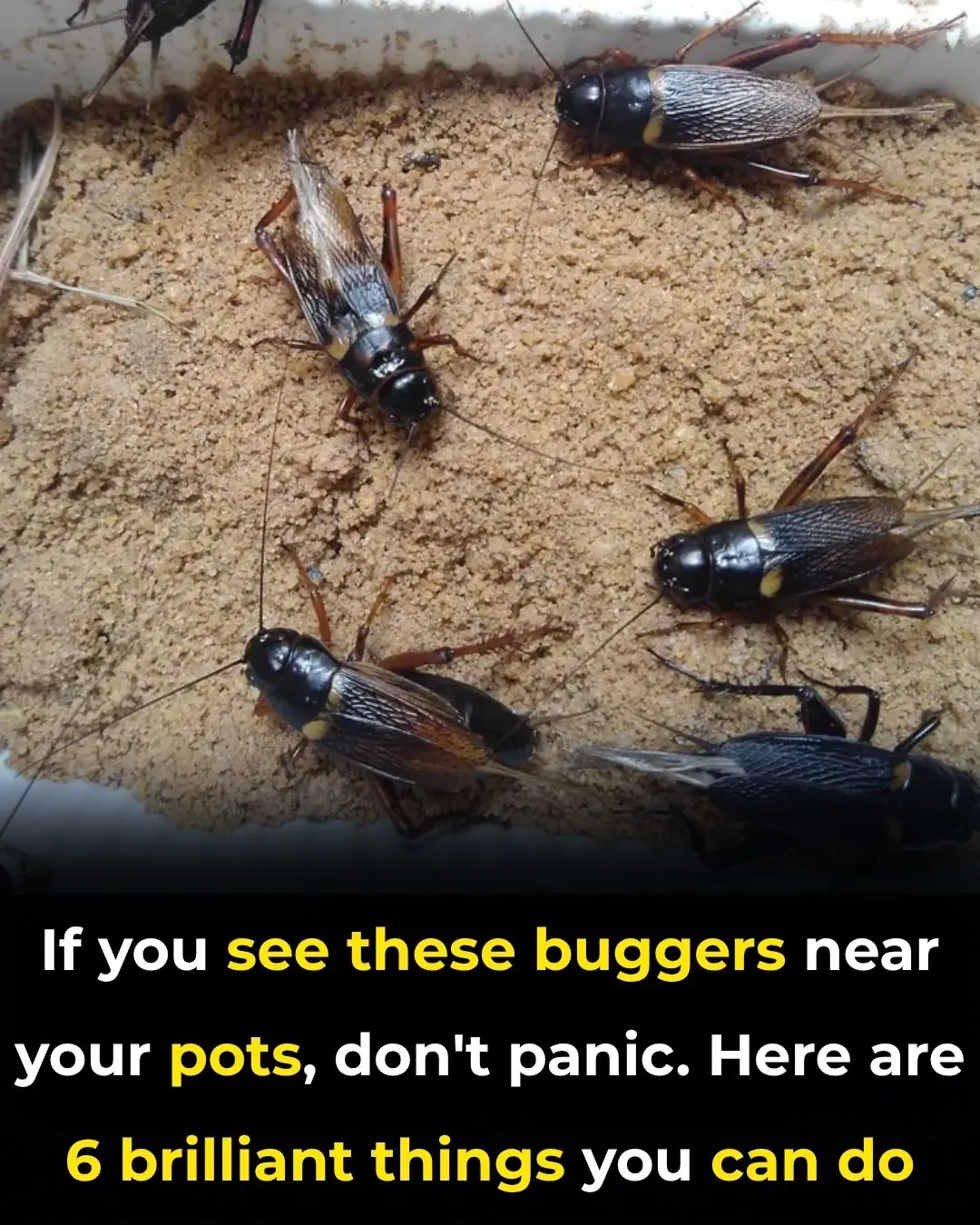
If You See These Buggers Near Your Pots, Don’t Panic — Here Are 6 Brilliant Things You Can Do

Meet 102-Year-Old Eloise Brown, the Philadelphia Eagles Biggest and Longtime Fan

17 Important Quotes About Love From Historical Black Figures

5 Things You Never Knew About The First Black Film Star Nominated For Academy Award For Best Actress
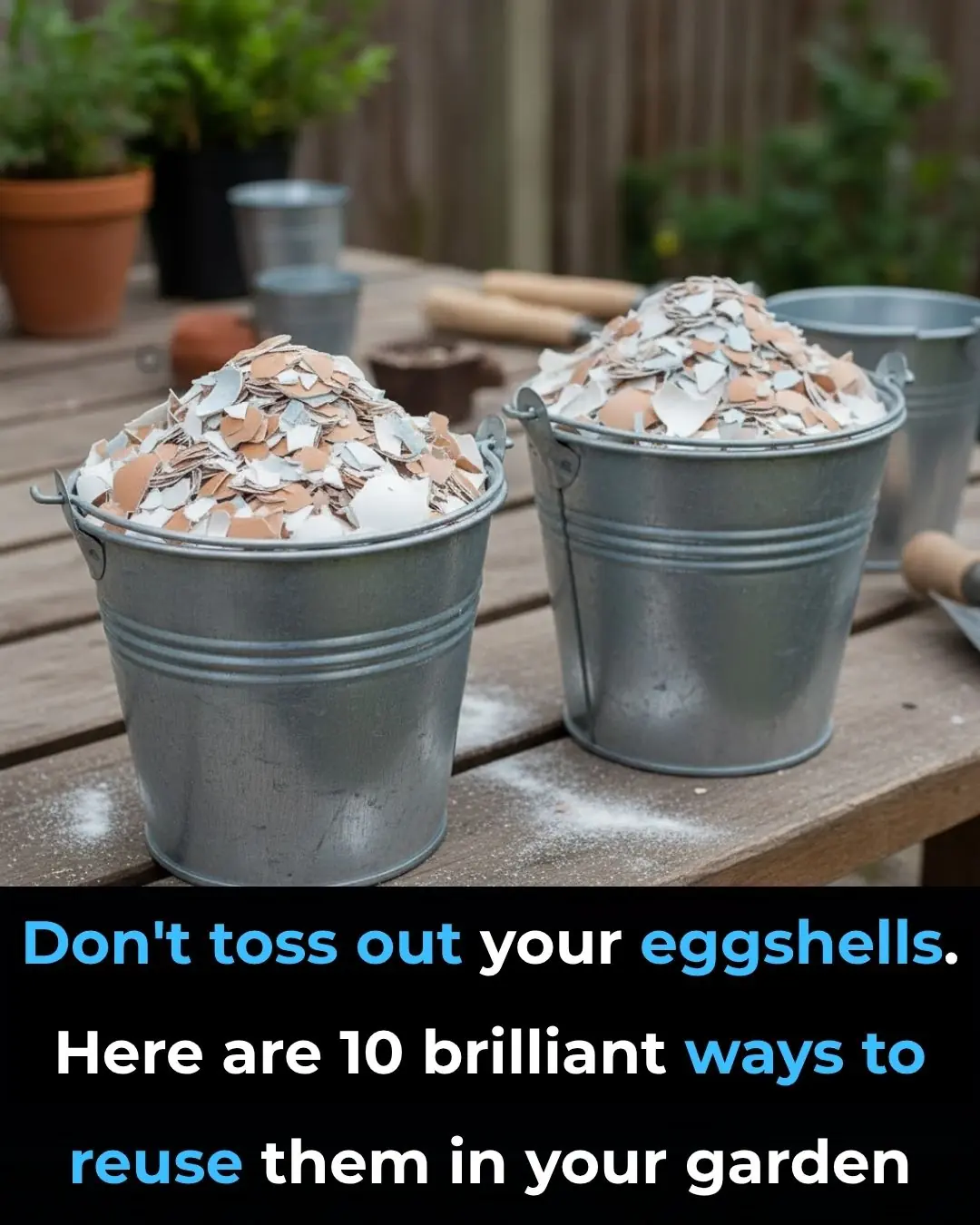
Don’t Toss Out Your Eggshells: 10 Brilliant, Science-Backed Ways to Reuse Them in Your Garden

Jackson 5 Child Actor, Floyd Roger Myers Jr, has joined the ancestors

Fisk Gymnast Morgan Price Earns Highest-Ever Score for an HBCU Gymnast

Most Folks Don’t Realize They’re Doing This: 10 Critical Mistakes That Stop Tomatoes from Ripening

8-Year-Old Hosts Food Drive To Feed 150 Families on His Birthday

Elon Musk enables groundbreaking feature to UK phones that will connect millions

NASA issues official statement to Kim Kardashian after reality star made shocking claim about space agency

People call on government to intervene after Elon Musk posts worrying tweet

Nvidia signs $500,000,000,000 deal that could transform the US energy sector

47-Year-Old Man Dies from Liver Failure: “Two Types of Pain, Two Types of Itching” Warn of Serious Liver Disease
News Post
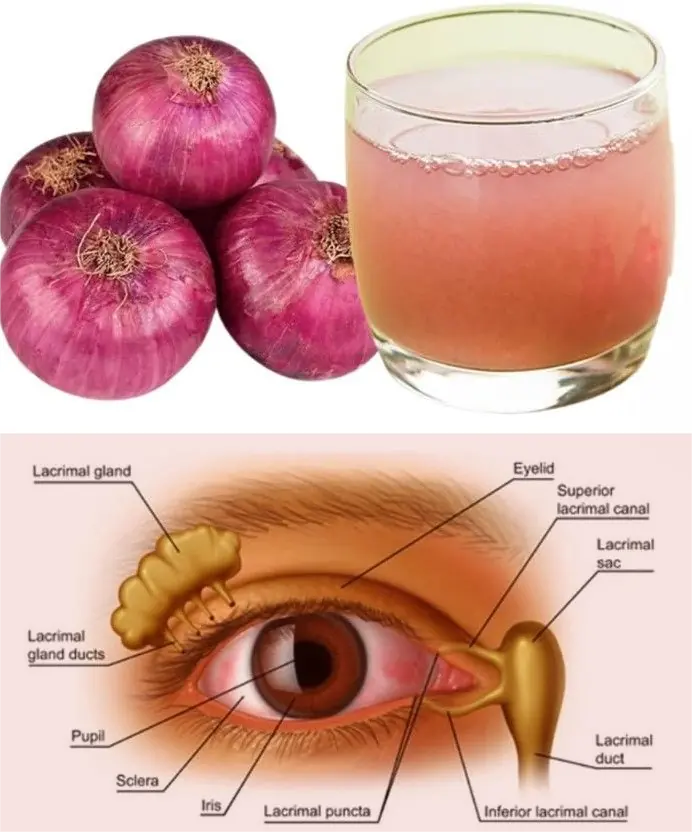
Can Onion Juice Gently Support Eye Health? A Natural Tip to Try

Bed Bugs Hate This! How Diatomaceous Earth and Cloves Can Wipe Them Out

These are the consequences of sleeping with the…
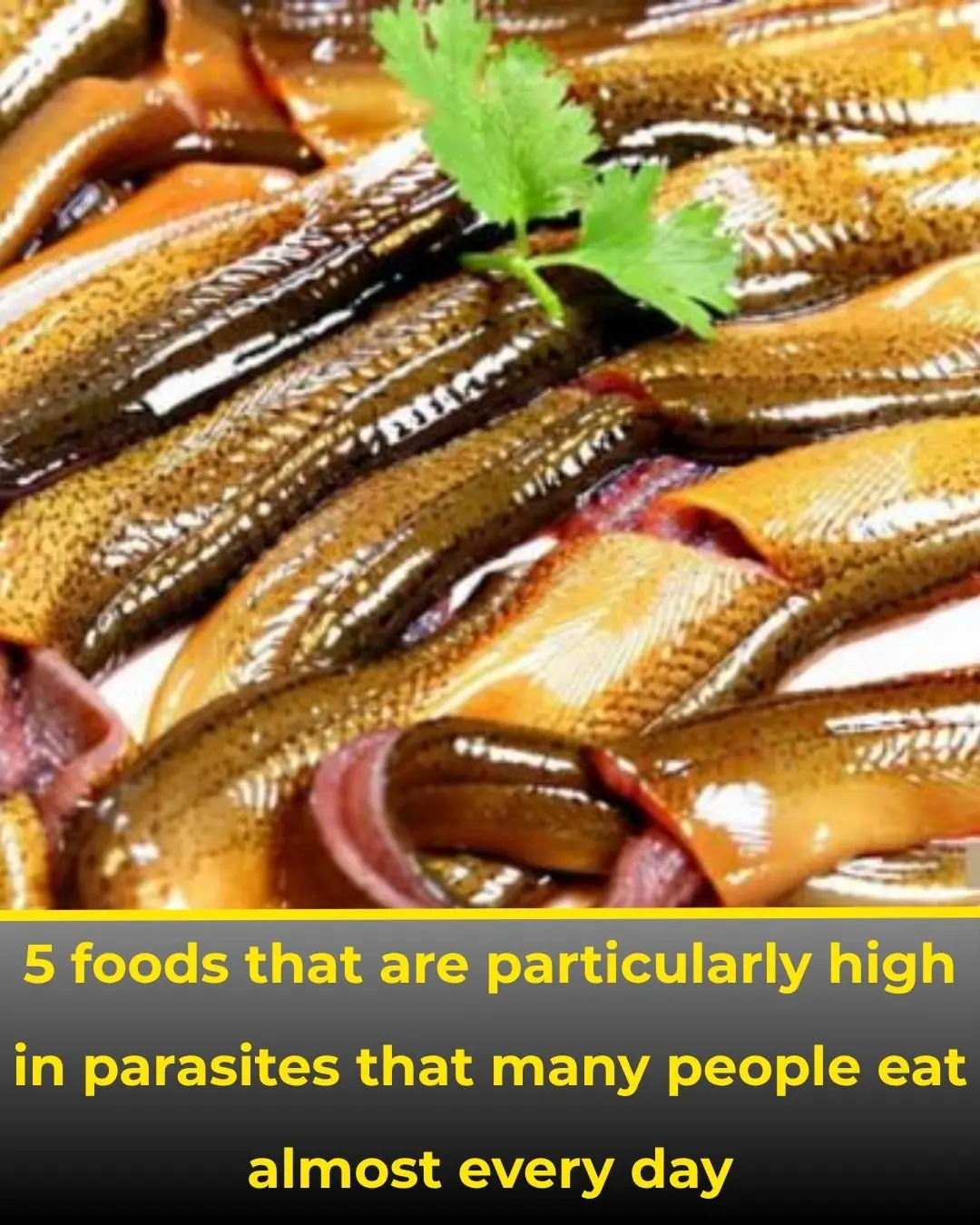
5 Common Foods That Often Contain Parasites — Many People Eat Them Daily

1 Vitamin Stops Calcium Buildup in Arteries and Heart

S:ida Acuta: Exploring the Healing Properties of this Herbal Remedy
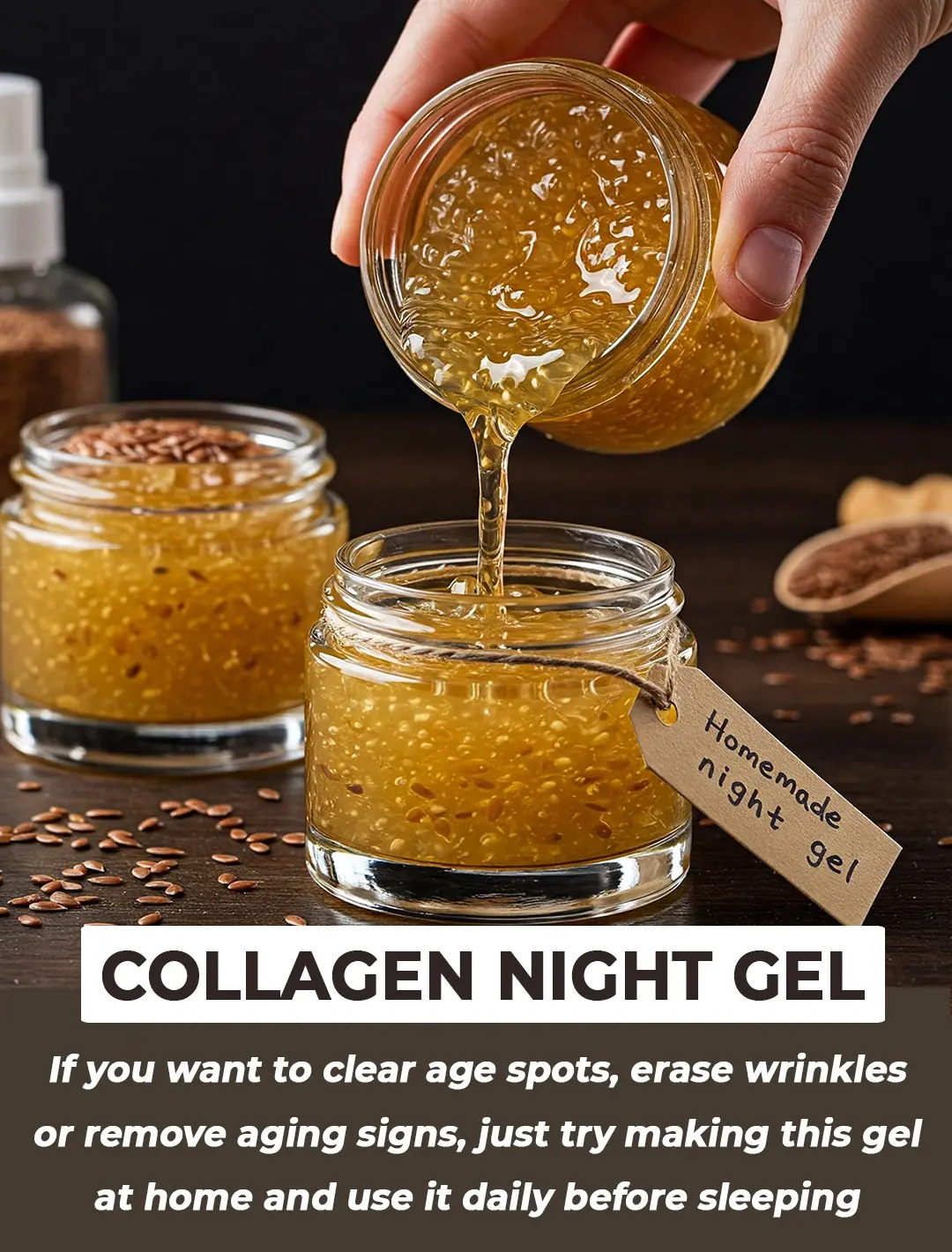
DIY Flaxseed Collagen Night Gel for Hydration and Rejuvenation
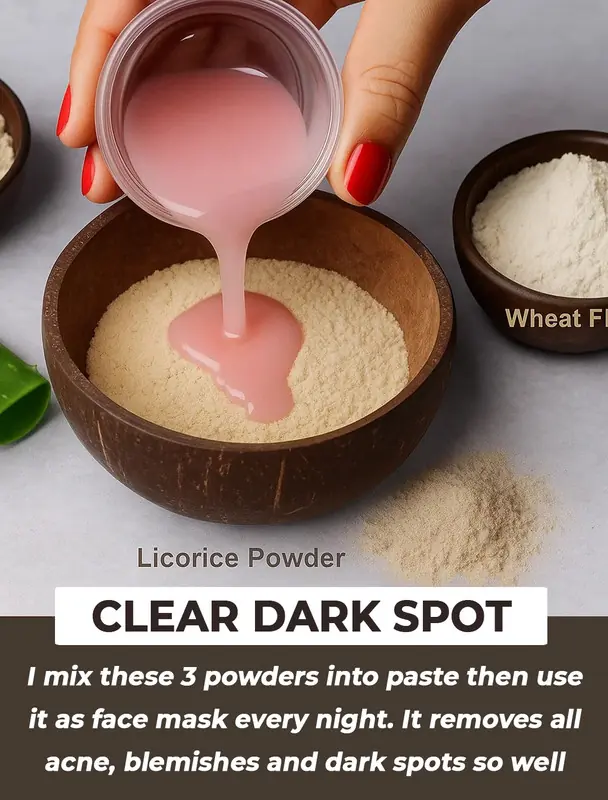
10-Day Licorice Treatment for Dark Spots: Fade Pigmentation and Achieve Glowing Skin Naturally

Easy Recipe to Make ABC Collagen Ice Cubes at Home: The Secret to Glowing, Firm Skin
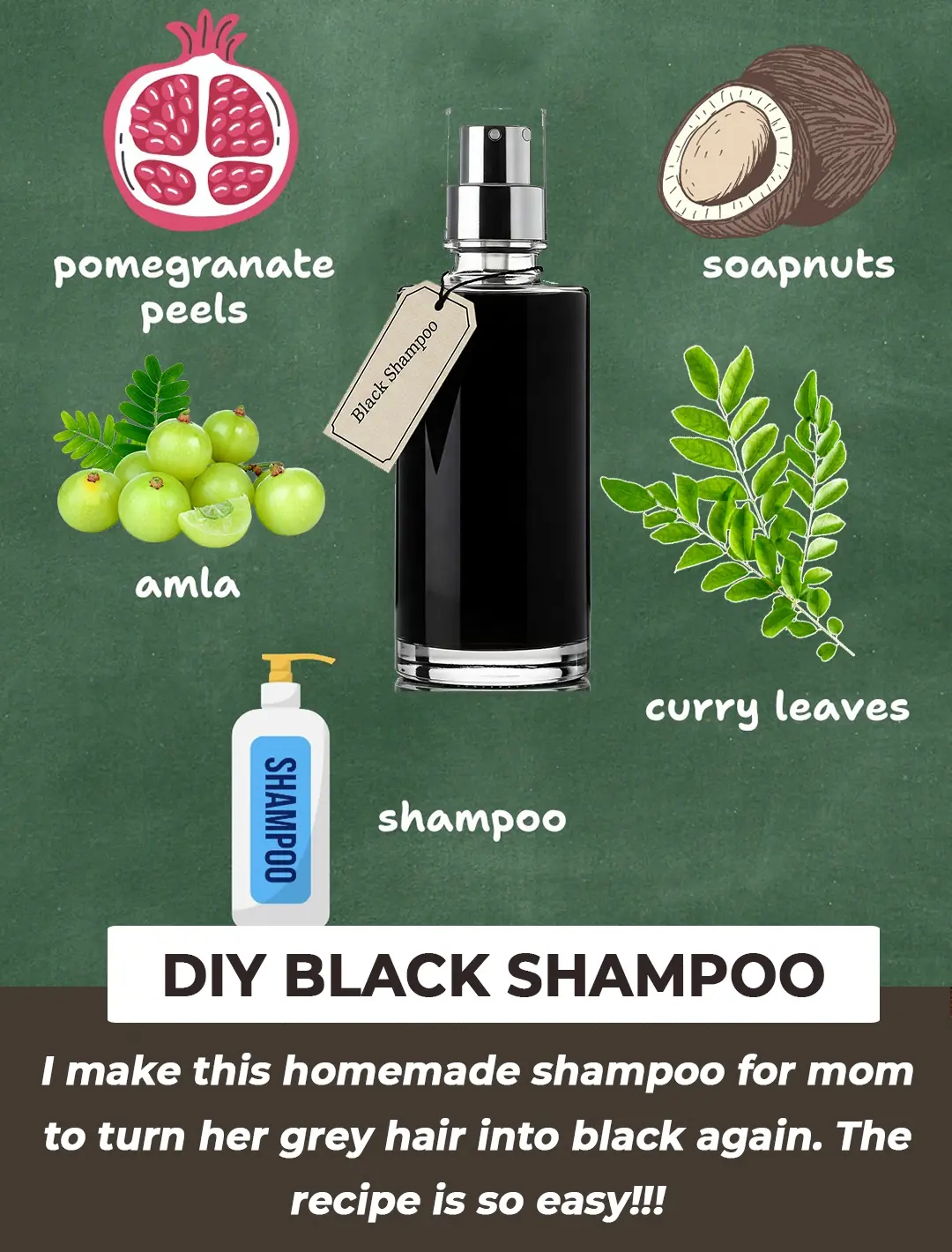
2 Mins Black Shampoo For Grey Hair

Why this doctor refuses to prescribe statins for high cholesterol

The 'divine' secret to frying

Why do we have to leave our phone face down on the table when we are not using it?

Hanging a towel on the door handle before bed: Unexpected benefits but few people know

Tips for conditioning your hair with over-cooked bamboo shoots

Treat premature gray hair thanks to the black dye formula
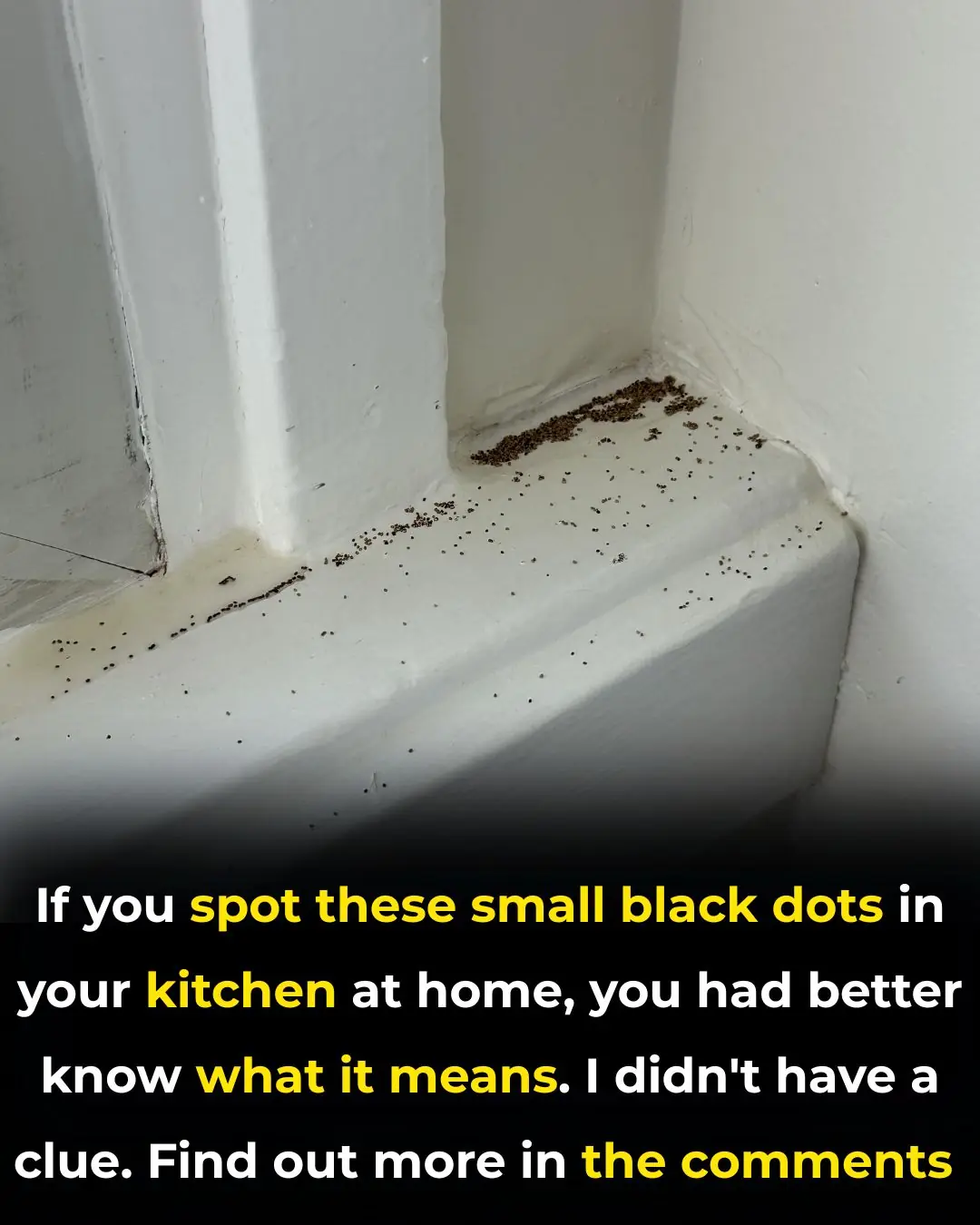
What Are These Strange Black Dots In Your Kitchen
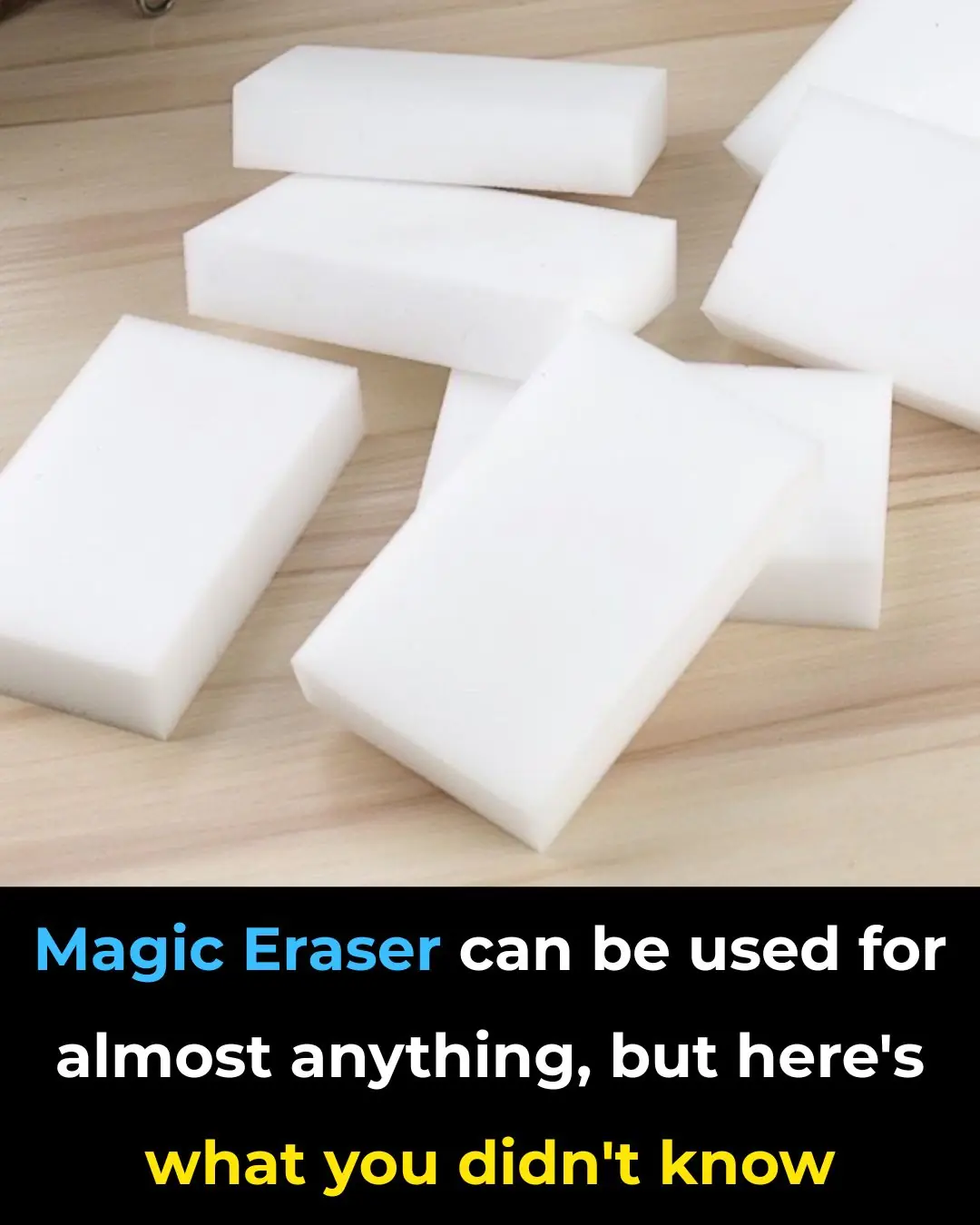
Magic Eraser can be used for almost anything, but here's what you didn't know

Wrong understanding turns water purifiers into diseases, remove them immediately to avoid harming the whole family
